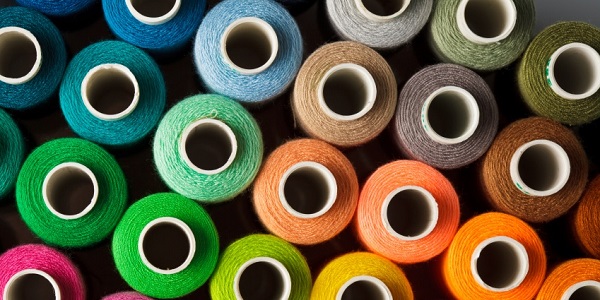GST Council’s Decision on Textiles

What did the GST Council decide recently?
- On New Year’s eve, the Finance Minister announced that the existing GST rate on textiles (of 5%) is to be continued into 2022 (at least for the Q1 period).
- This was decided at the emergency meeting of the GST Council– the apex decision making committee under the GST system. This was the 46th meeting of the Council.
- Earlier, the Council had decided to hike the rate to 12% for fabrics, apparels, yarn and manmade fibre. This was to be made effective from January 1st, 2022, onwards.
Why did the Council previously decide to hike the rate?
- The hike (to 12%) was proposed to correct the inverted tax structure anomaly. Inverted duty structure occurs when the taxes on the final product is less than the taxes on the inputs, leading to an inverse accumulation of input tax credit which has to be refunded.
- The GST rate on manmade fibre is 18%. The GST rate on yarn made from manmade fibre is 12%. The rate on the final fabric is 5%. This creates an issue for the textile manufacturers.
- The government is also facing a revenue outflow because of this inverted tax structure. Hence, the decision was made at the 45th GST Council meeting to change the rates for textiles and also for footwear costing less than ₹1,000 a pair, in order to correct this anomaly.
- The Council had been looking to hike the rate to 12% for over a year, but the move had been put on the backburner due to the pandemic’s impact on the households.
What is the significance of maintaining status quo?
- Though the Council sought to help producers access easier credit for input taxes using the rate hike, several industrial players see this differently.
- Many lathes were left idling for a day last month, during a strike– possibly the 1st ever to not be caused by industrial unrest in the textile sector. The last time the sector saw debilitating strikes was in the 1980s from labour unions.
- In addition to these protests, states had raised concerns about the rate hike leading to factory closures and job loss with the centre.
What is the way ahead?
- A ministerial group, tasked with rationalizing the inverted duty structures in various product categories and reviewing the GST regime’s multiple rate slabs, has now been given the additional task of suggesting an appropriate tax structure for textile products. It has 2 more months to submit its report.
- However, it isn’t likely that broader corrections will be carried out before the conclusion of the upcoming State Assembly elections. This time should be used for wider discussions on the matter with industry stakeholders, states and the consumers to avoid any more about-turns.
Conclusion:
The textile industry has been one of the largest employment creators in Indian history. It contributes some 2% to the overall economy. If the country hopes to revive private investments, the course correction has to be navigated deftly and purposefully.
Referred Sources
If you like this post, please share your feedback in the comments section below so that we will upload more posts like this.

